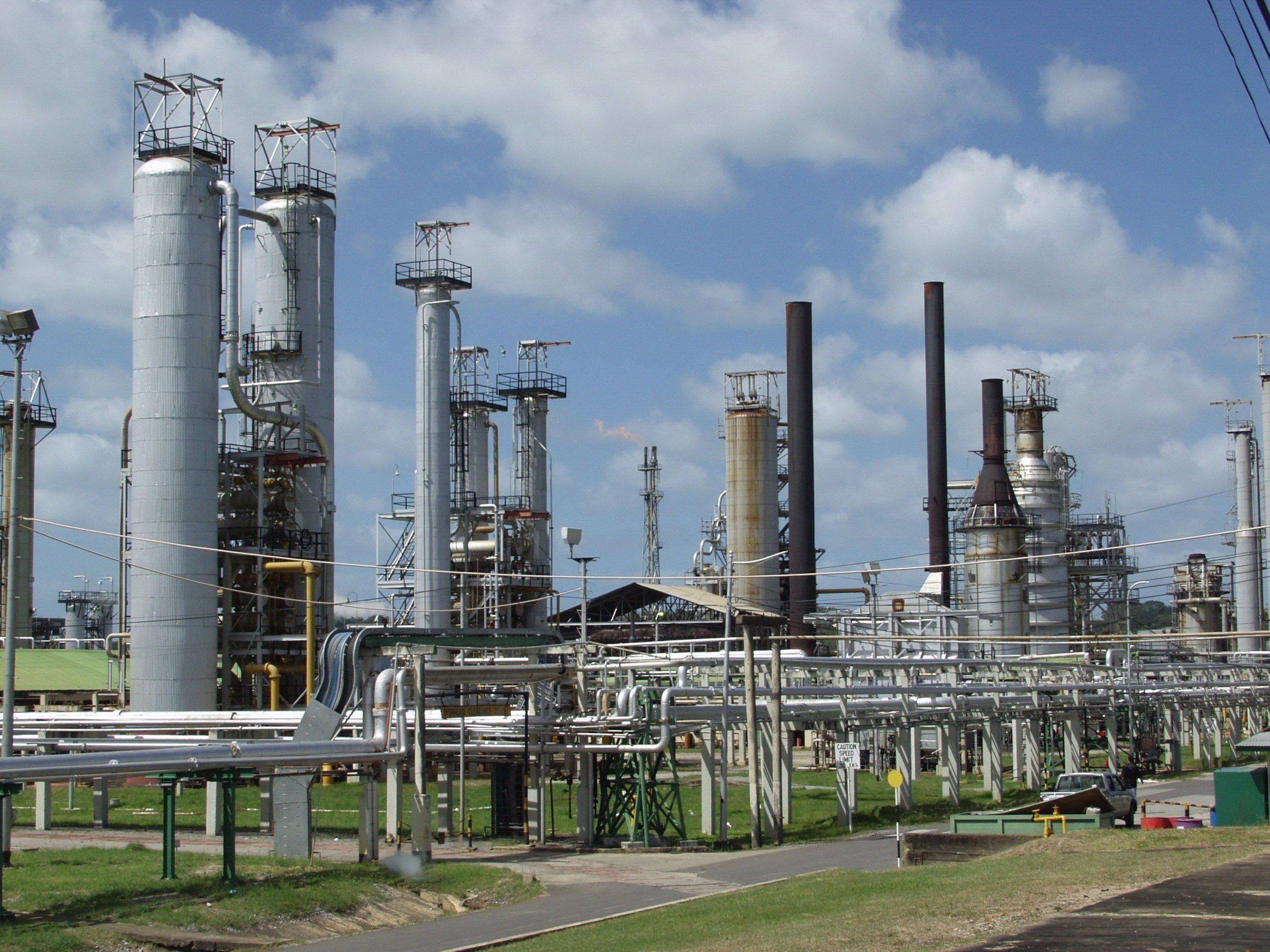
DAR ES SALAAM — As drought continues to cripple its hydropower plants, Tanzania is struggling to produce enough electricity — and is moving toward using more fossil fuels to make up the shortfall.
Reuters
Hydropower plants normally produce about 35% of Tanzania’s electricity needs, with gas and oil plants making up most of the difference. But as demand grows and water shortages hit hydropower production, Tanesco — the state-run power utility firm — is investing in more fossil fuel plants to maintain its electricity supply.

In October last year, the east African nation was forced to shut down its main hydropower facility for nearly a month because the water level was too low to run the turbines, officials said.
In December, the country’s hydropower plants, which can produce as much as 561 megawatts of power, generated only 110 megawatts, according to Tanesco.
“The main challenge we have been facing is overreliance on hydropower as the major source of electricity, which is hard to maintain due to unpredictable weather,” said Felchesmi Mramba, Tanesco’s managing director, in an interview.
SOLAR, WIND UNTAPPED While Tanzania has significant untapped renewable energy potential from sources such as geothermal, solar and wind, the government has mostly failed to tap this potential as an alternative to hydropower, said Agnes Mwakaje, a climate change expert at the Institute of Resources Assessment, at the University of Dar es Salaam.
- Chamisa under fire over US$120K donation
- Mavhunga puts DeMbare into Chibuku quarterfinals
- Pension funds bet on Cabora Bassa oilfields
- Councils defy govt fire tender directive
Keep Reading
However, Sospeter Muhongo, Tanzania’s minister for Energy and Minerals, said the government is keen to invest in alternative power production, including using wind and solar, to meet the hydropower shortfall and give hydropower dams time to refill. Mtera and Kidatu hydropower dams on the Great Ruaha River at one point shut down for three weeks because water levels fell below the minimum required, officials said.
“The water level in most of our hydropower dams is not sufficient to generate electricity, yet there’s nothing we can do other than waiting for the rains to come,” Mramba, of Tanesco, said.
The hydropower shortfalls have led Tanesco to suffer losses of about 500 million Tanzanian shillings ($230 000) daily, Mramba said.
In an effort to find a more reliable mix of energy sources, Tanesco is now building more gas-fired power plants, and looking at other renewable energy sources to supply the national grid.
“We are hoping to reduce hydropower dependence to 15% once our gas- fired plants become fully operational,” Mramba said. According to Tanesco, gas power plants could provide 60% of the country’s electricity needs.
Tanzania’s government last year launched an electricity supply “roadmap” that aims to boost generating capacity from about 1 590 megawatts today to 10 800 megawatts in a decade, largely by building more gas and coal power plants.
Analysts say diversifying power sources is crucial to avoiding shortages like that caused by the current drought.
“Tanesco must use an energy mix in the order of priority to include natural gas, coal, hydro and renewables if it has to make electricity generation sustainable,” said Haji Semboja, an economics professor at the University of Dar es Salaam.
“Natural gas can keep electricity flowing when the sun doesn’t shine and the wind fails to blow. You can switch it on and off pretty quickly,” he said.
Tanzania might also consider importing electricity from large-scale hydropower projects in Ethiopia, Muhongo said.
DIRTY BUT CHEAP Although Tanzania has for many years depended on hydropower, the country’s electricity generation has moved increasingly toward gas over the last decade after off-shore gas deposits were discovered near Mtwara, on the southeast coast.
Today, oil and gas facilities account for 63% of the country’s power generating capacity, compared to 36% for hydropower, the government said.
Tanzania has more than 58 trillion cubic feet of gas, equivalent to 9,2 billion barrel of oil, according to the Ministry of Energy and Minerals. The country also has 1,9 billion tons of coal that could also be used to generate electricity, the ministry said.
About 36% of Tanzanians have access to electricity, and only 7% of those are in rural areas, according to the ministry. It said demand for electricity is growing between 10 and 15% a year.











